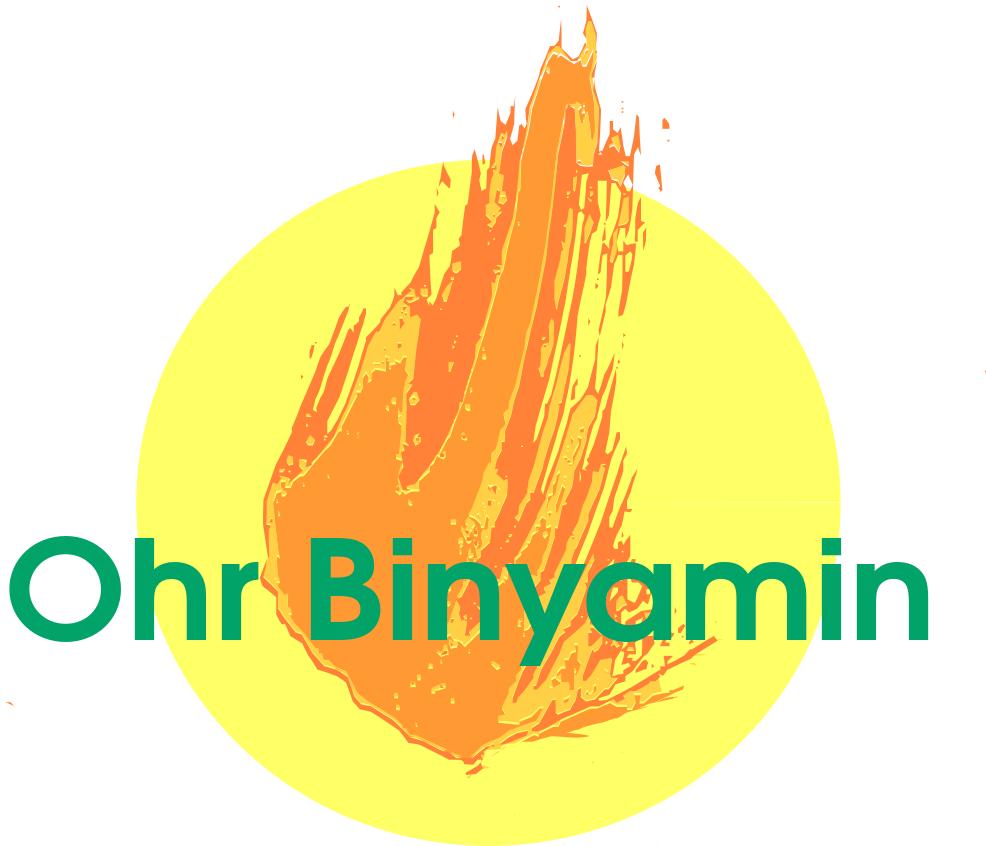
By: Rivka Hadad
It has been ten months. Ten months of shock and grief from October 7th. Ten months of fear and uncertainty for our soldiers. Ten months of horror and hope for our hostages. Ten months of exile and displacement due to threats on the Northern border. Recently, these challenges have been compounded by fears of a multi-front war instigated by Hezbollah and Iran. The feeling of fatigue and battle-weariness is palpable, yet there is also an underlying tension as if a ticking time bomb is about to explode. And then Tisha B’Av came.
Tisha B’Av, a day synonymous with calamity and brokenness, has surprisingly brought a ray of light and healing. Allow me to explain. Research by Colin Wastell in Australia shows that suppressing our emotional responses to trauma—whether through withdrawal or acting out—leads to physical and psychological stress. Trauma energy becomes trapped within us, disrupting our ability to connect with ourselves, others, and the world. The key to alleviating this is externalizing our trauma.
For the past ten months, Israel has been in a state of chronic trauma due to the war. This is challenging to heal as it leaves no room for imagining an alternative reality. Yet, through the principles of Tisha B’Av, I tapped into the three essential steps to healing complex trauma.
- Space for Expression
In His infinite wisdom, G-d gave the Jewish nation Tisha B’Av—a day of national mourning. This day is set aside for us to confront our brokenness. We are commanded to sit on the floor and mourn our loss and pain. This helps externalize and distance us from our trauma, creating space for healing. A friend shared that hearing the stories of the heroes from October 7th provided a language for months of pent-up emotions. It allowed her to let the pain of the past and the anxiety about the future flow through her. Ironically, thanks to the saddest day on the Jewish calendar, she experienced a profound catharsis. - Deep Connections
Shortly after October 7th, Professor Danny Brom, founder and director of Herzog Hospital’s Meitav Israel Center for the Treatment of Psychotrauma, stated in a video that while not everyone requires professional help post trauma, everyone needs human connection. Trauma is an experience of disconnection, tearing us away from reality. Healing occurs through genuine human connection. This concept is echoed in Jewish wisdom: אין חבוש מתיר עצמו מבית האסורים a person cannot free themselves from jail [physical or psychological]; we need another to help us. - Vulnerable Sharing
In the lead-up to Tisha B’Av, there is a strong emphasis on Ahavat Chinam (unconditional love and Jewish unity). People become more open-hearted and build deeper connections. During Tisha B’Av, individuals are also more willing to share their vulnerable experiences both personally and collectively. This combination of connection and expression creates a fertile ground for healing.
While Tisha B’Av does not erase our pain, it creates a space for expression, sharing, and fosters deeper connections, birthing the path for healing to begin. Who would have thought that so much light can be brought from such darkness?
Rivka Hadad is a mental health counselor (MHC). She works with individuals working through various mental health struggles. She specializes in trauma recovery as well as treatment of eating disorders.
She can be reached at rivkahadad18@gmail.com




